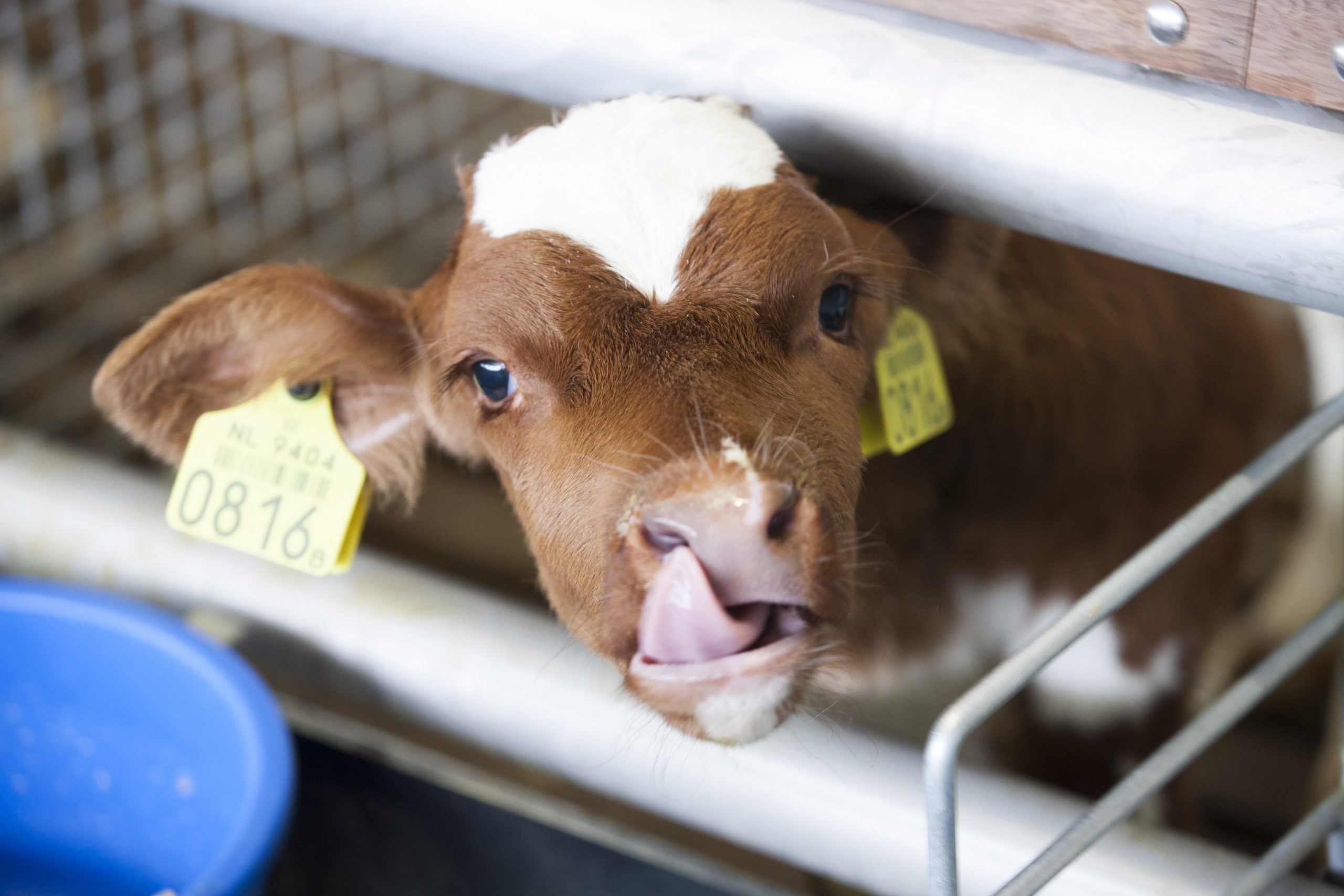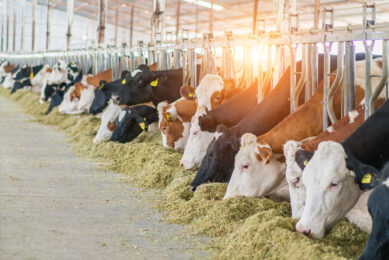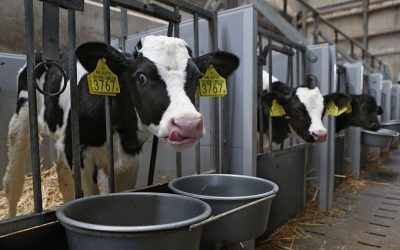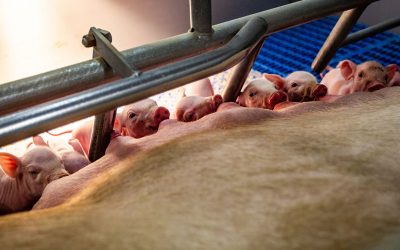Restricted or ad lib milk replacer? Effects on 4 parameters

Is it best to feed newborn calves ad libitum milk replacer for the first 5 weeks or is it better to have restricted amounts? German researchers delved into this question.
The feeding regime of newborn calves is important. Intensive feed intake in this phase ensures the animal grows well, develops well and has a good milk production later in life. Some studies also suggest that calves with elevated levels of milk replacer intake early in life are better protected against diseases. But what is really happening in the calf’s body and metabolic system when milk replacer is fed ad libitum?
In the study, the researchers aimed to get more grip on the growth, metabolic adaptation, health, and immune status of newborn calves when ad libitum milk replacer was offered. For this. 28 calves (5 Holstein and 23 Holstein x Charolais crossbred calves; 19 male and 9 female) were examined and randomly divided into two different experimental groups (14 animals per group).
Group 1 (ADLIB):
Day 0-3: Colostrum
Day 4 – Day 45: Ad libitum milk replacer (125 g powder per liter) using automated feeder
Day 45 – Day 49: Milk replacer reduced by day to 6 litres per day at week 7 and was maintained constant thereafter
During whole period: Free access to water and concentrate.
Group 2 (RES):
Day 0-3: Colostrum
Day 4-Day 49: Restricted milk replacer up to 6 litres per day for the entire experimental period, using automated feeder
During whole period: Free access to water and concentrate
Effects of intensive MR intake
The researchers showed that feeding calves with unlimited amounts of MR for the first five weeks of life increases MR intake and the average daily gain but does not impair concentrate intake. The increased body weight and muscle mass at the end of the study mirror the long-lasting anabolic effects reflecting intensive MR feeding and elevated nutrient intake after birth. The metabolic and endocrine changes in blood plasma are most obvious during the intensive MR-feeding period but decrease thereafter. However, increased plasma IGF-I and elevated concentrate intake at the end of the study period indicate enhanced anabolic metabolism resulting from increased solid feed intake in ADLIB calves. MR feeding intensity neither influences the incidence of diarrhoea nor affects immunological traits; however, the elevated plasma fibrinogen concentration in RES may imply a feeding effect on the hepatic acute phase protein response. However, whether an intensive milk feeding program for pre-weaning calves helps to avoid diseases can be best investigated in studies with larger calf numbers than in the present study.











